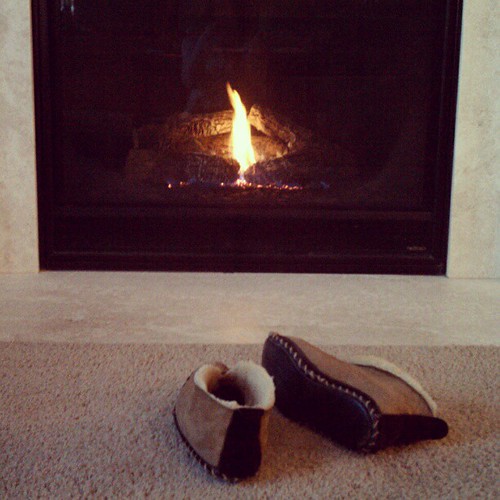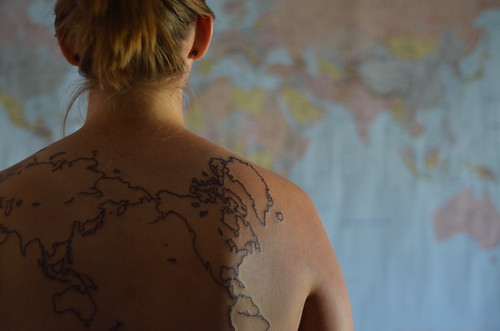Bella & Jules
I've been teaching digital storytelling to middle schoolers for the past nine years, and the tools have been getting easier and easier to use. I began by using Pinnacle Studio on a standalone desktop computer--not connected to our SLOW school network. I liked it, but always ran into issues with rendering...crashing, taking FOREVER, formatting, etc. Eventually, we bought Flip cameras and were able to also purchase Adobe Premiere Elements and a new, much faster computer. What a difference! The only problem is that we only had one editing computer in the school and of course each of the groups of students needed the one computer at the same time. This was always frustrating because I only had the students three times a week for 30 minutes each day. I was excited to learn about new online editing options through #etmooc Topic 2 Digital Storytelling. Unfortunately, I was distracted by #edcampstl and #metc13 and haven't been able to explore some of the activities I was really looking forward to.
The video I created for the #etmooc project "Bella & Jules" is my first attempt at using iMovie. I was inspired to give it a try by the Digital Storytelling for K12 webinar by Darren Kuropatwa and his unbelievable demonstration of creating a video, using iMovie, called "etmooc Beauty" during the webinar. So, I filmed my granddogs playing, stripped the audio, found a piece of royalty free music, added some sound effects to key action, adjusted the audio to make the sound effects stand out, adjusted the sound effects file size, duplicated a couple clips and used slow motion to enhance them, and added popup messages. I've done many of those things before, but not in iMovie. From a review standpoint, iMovie doesn't have the functionality that Pinnacle or Adobe Premiere Elements have, but does it really matter when you are working with students with such a limited amount of time? Some students ask to use my movie editor before or after school or during their lunch periods, but some students don't have that kind of time. That's why I wanted to explore some online movie editing applications. I am still going to checkout PopUp Video and PopcornMaker.
Below are the tasks I did complete and my reflection of each:
1. Consider Many Forms (Define and Collect):
Definition: "To address the most important issue first: there is no such thing as digital storytelling. There’s only storytelling in the digital age. . .Digital is not the difficult part in digital storytelling. Storytelling is." Totally agree!
4. Six Word Stories:
Social learning--friends educating each other (adapted from Basil Yeaxlee, 1925).
Social media--friends educating each other (adapted from Basil Yeaxlee, 1925).
Passionately curious educators inspire and engage.
Inspiring educators say, "Let's find out!"
4a. Six Songs of DebbieFuco - "From your first song to your funeral song, what music makes you, you? Handpick your tracks and help us uncover the music that matters most." I don't know where I found out about this sort of storytelling site. I thought it was through the #etmooc resources, but I can't find who initially shared it. It was an interesting journey trying to pick songs that fit each stage of my life.
5. Five Card Flickr Stories (Visualize): Loved playing this addictive game. Could use this with students as young as 4th grade for all subject areas. I really want to try this as a poetry writing exercise.
Five Card Story: Evenings with ETMOOC
a #etmooc story created by @debbiefuco
flickr photo by cogdogblog

flickr photo by debbie.fucoloro

flickr photo by cogdogblog

flickr photo by mrsdkrebs

flickr photo by cogdogblog
Spicy beverage, warm fire, ready to cuddle, connect and run!
Storytelling is a way to share this human experience we are living, to document our time here on Earth. The ability to digitize our stories makes storytelling much easier to share, whether with family, friends, colleagues, peers, or the world. Sharing our stories gives us a voice. Our voice can be negative or positive; defeating or inspiring. Through our storytelling others might learn, laugh, cry, reflect, and/or become aware. The possibilities are endless!
No comments:
Post a Comment
Note: Only a member of this blog may post a comment.